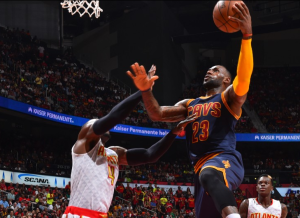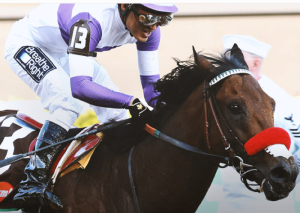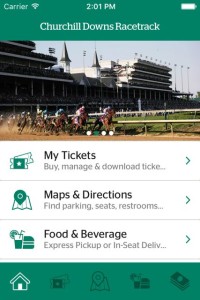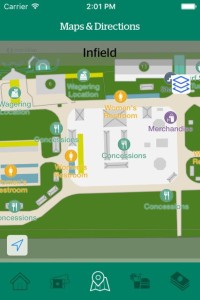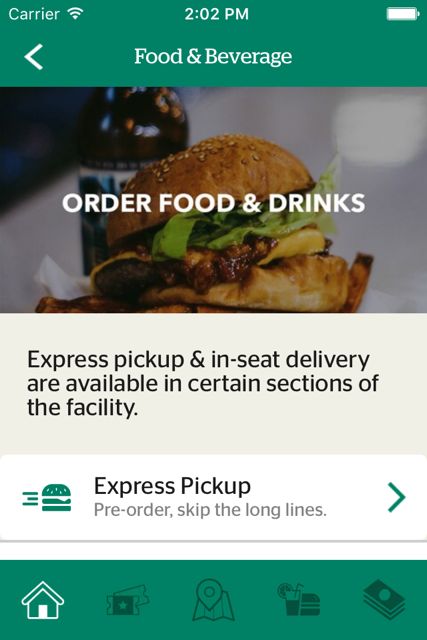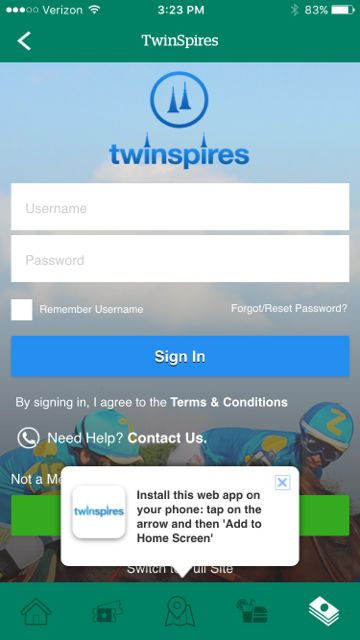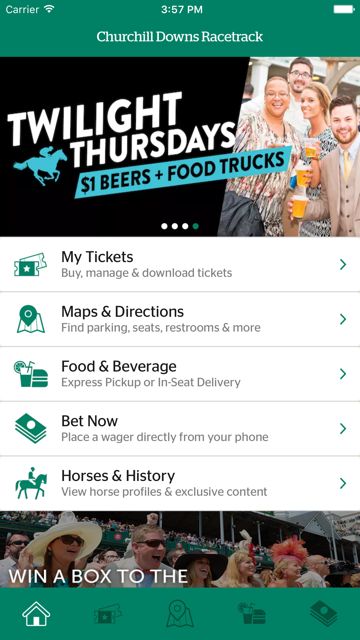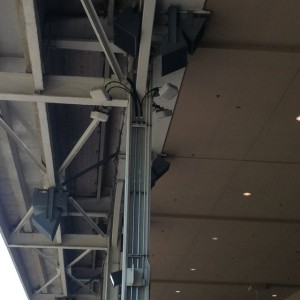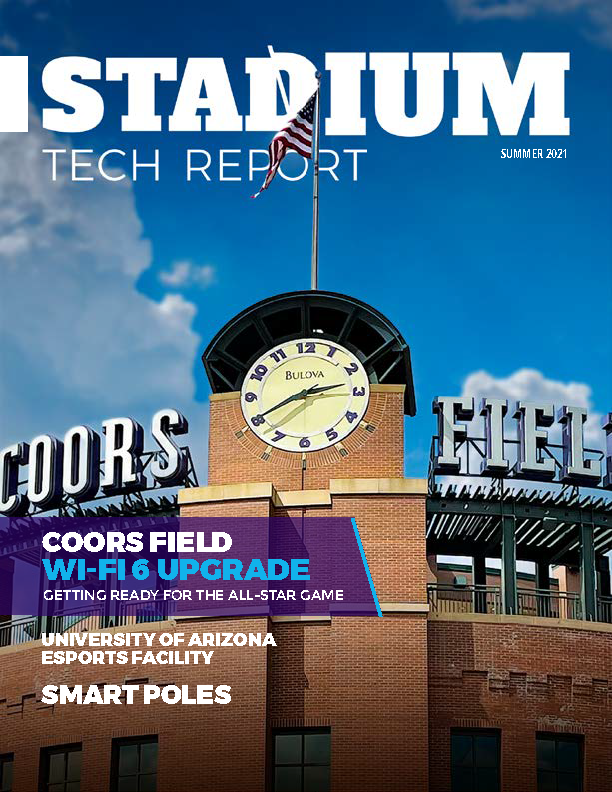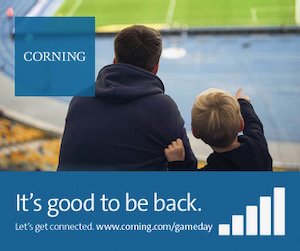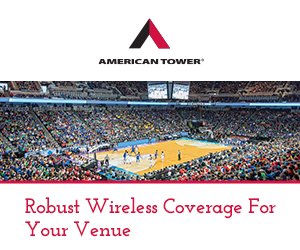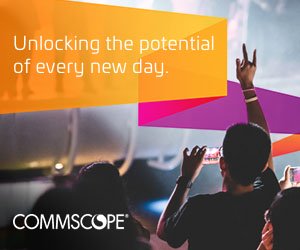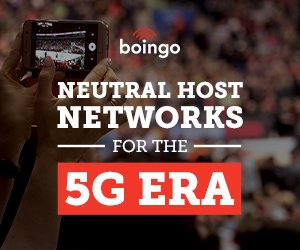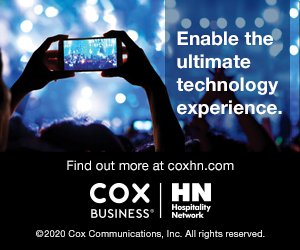For both leagues the average and overall usage was almost dead even — according to figures sent to us by AT&T, fans on its networks at NHL sites used a total of 5 terabytes of wireless traffic, an average of 210 GB per game. For the NBA, AT&T said it saw a total of 4.1 TB of data used during second-round games, for an average of 211 GB per game.
In the NBA, the leading data use on AT&T networks was at games hosted by the Oklahoma City Thunder, with an average of 422 GB per game at Chesapeake Energy Arena. For hockey the most data was used by fans at games hosted by the Dallas Stars at the American Airlines Center, where AT&T said it saw and average of 390 GB used per second-round game.
